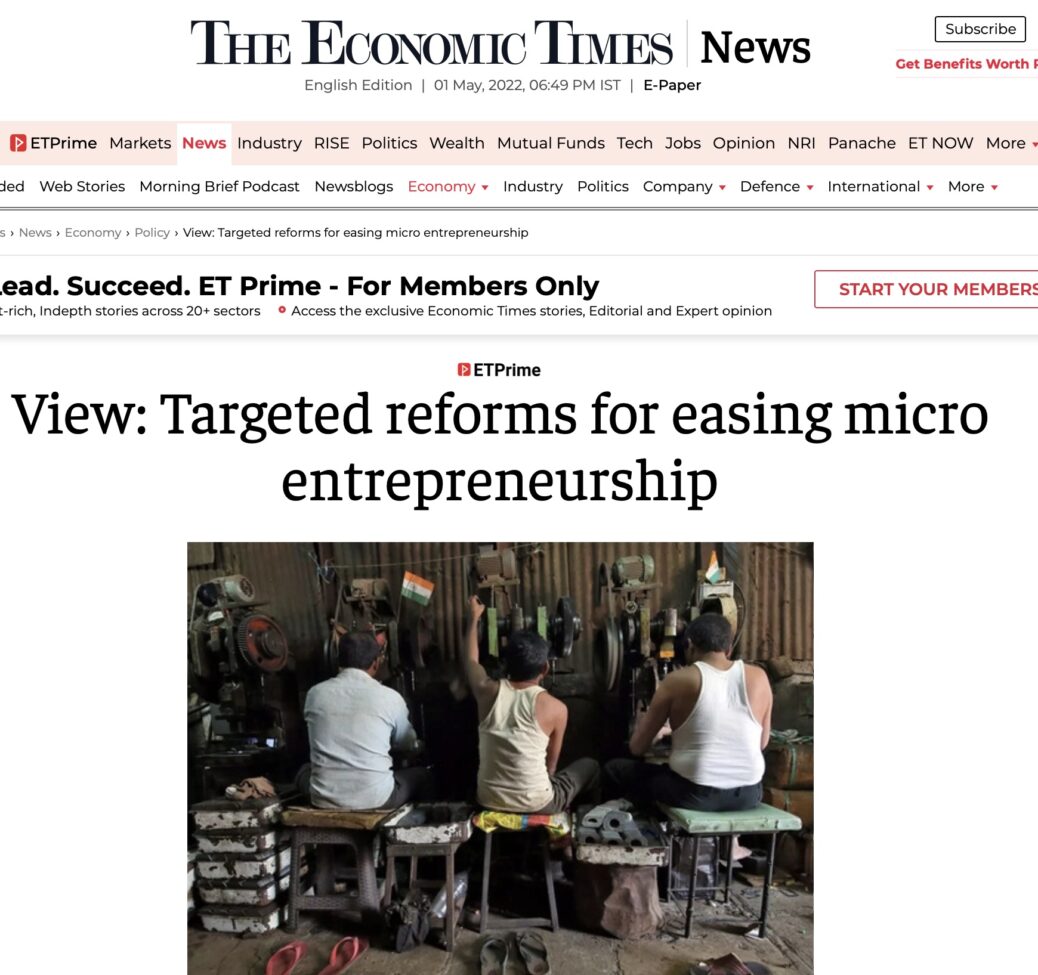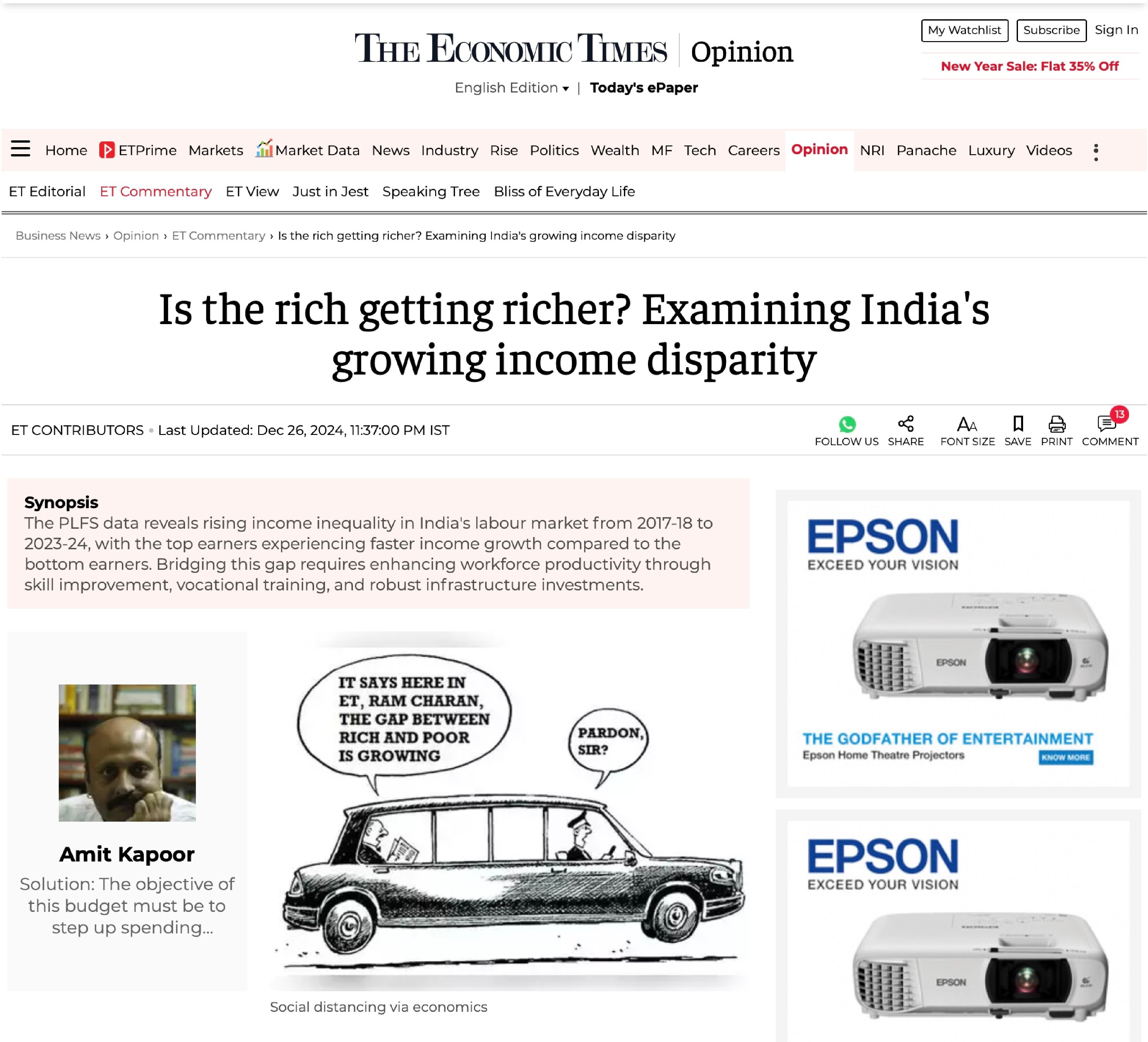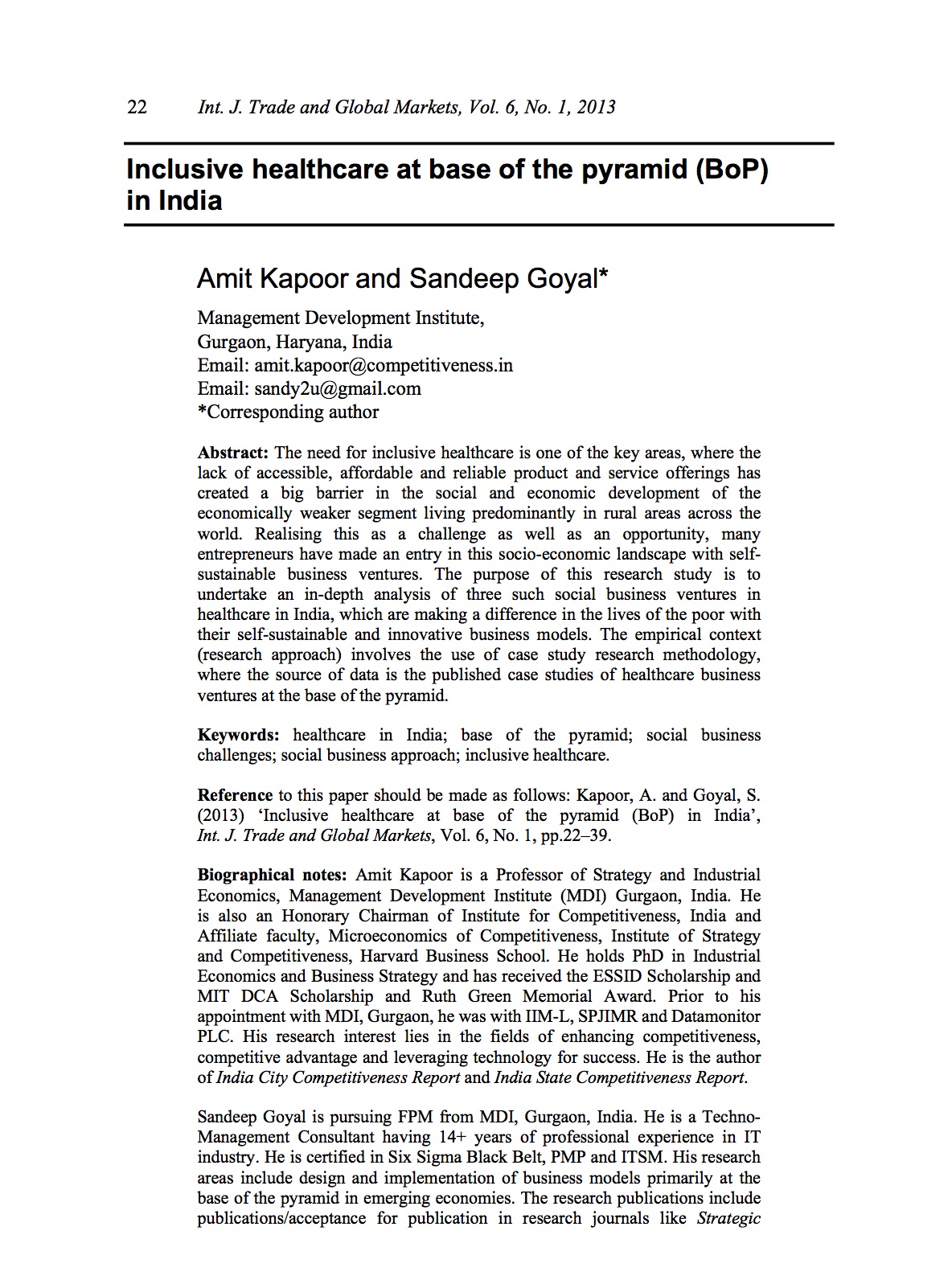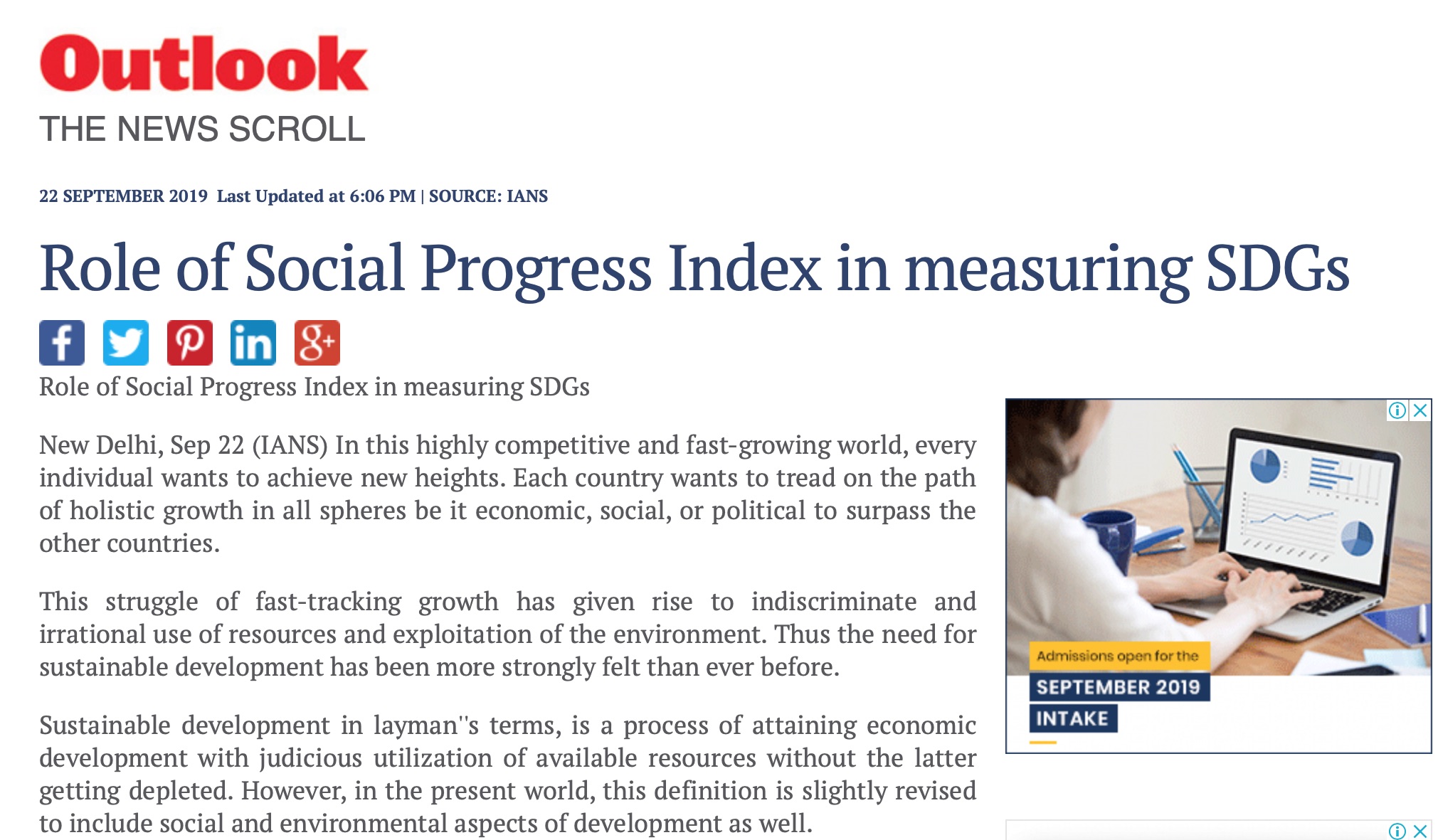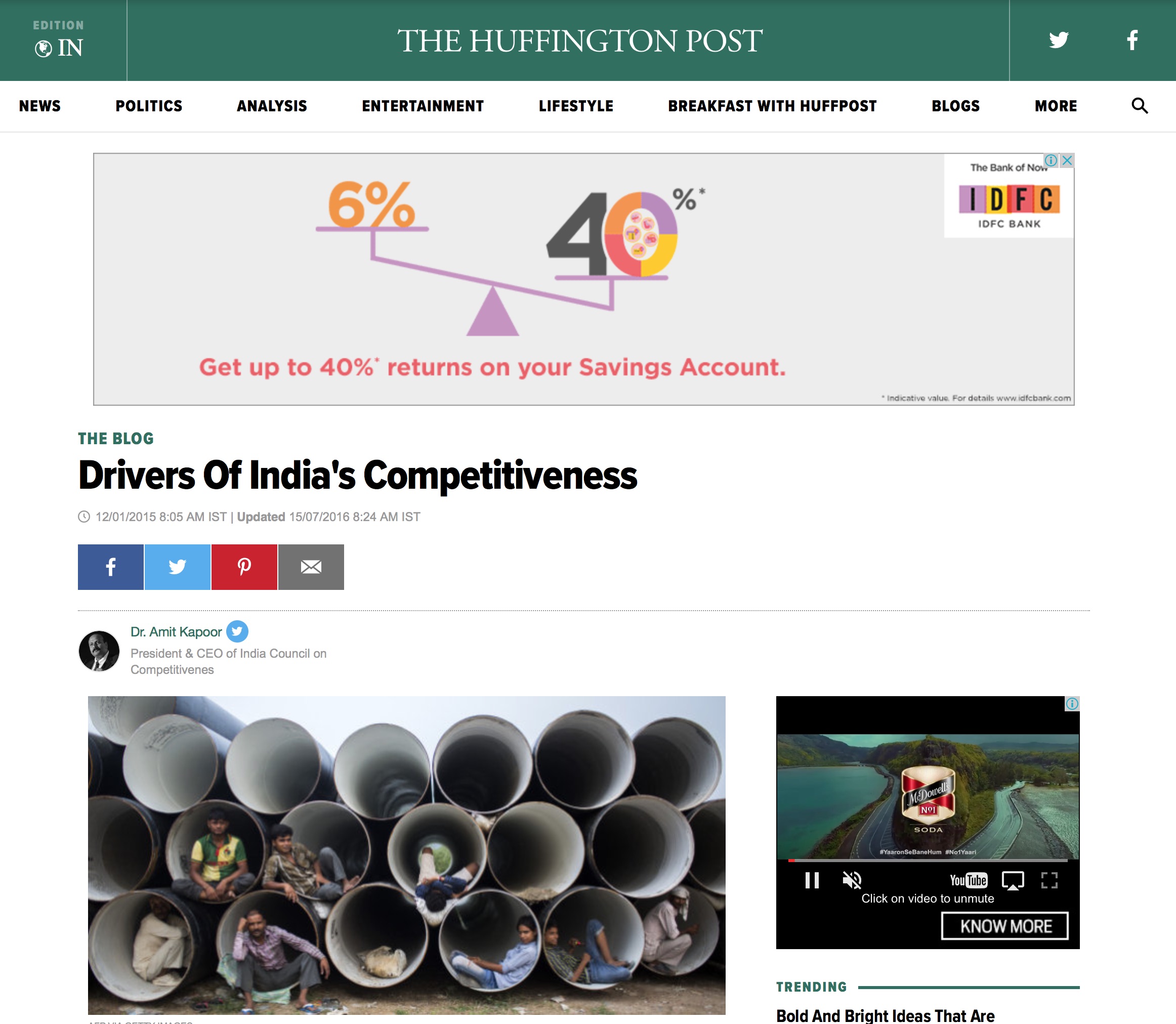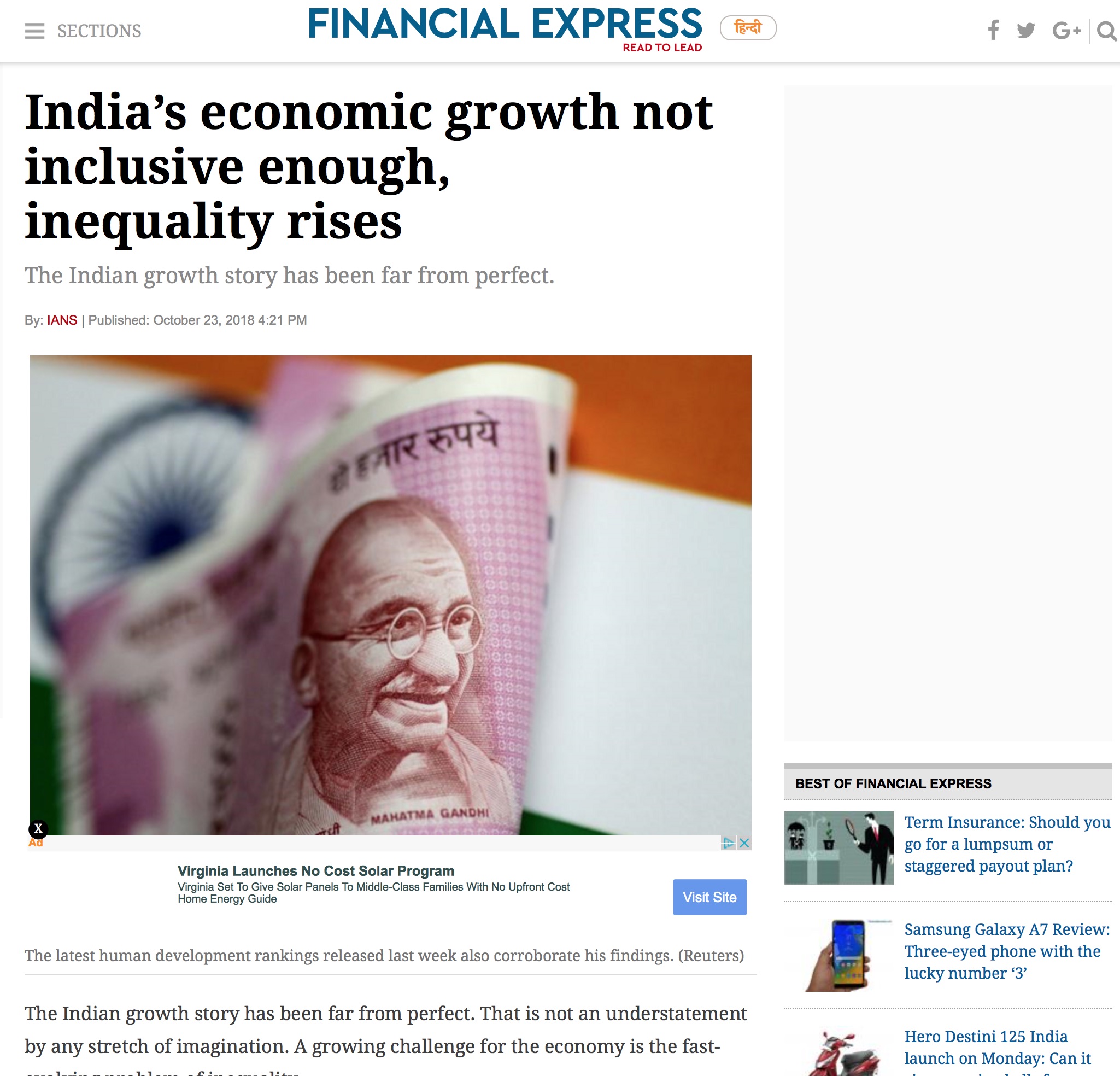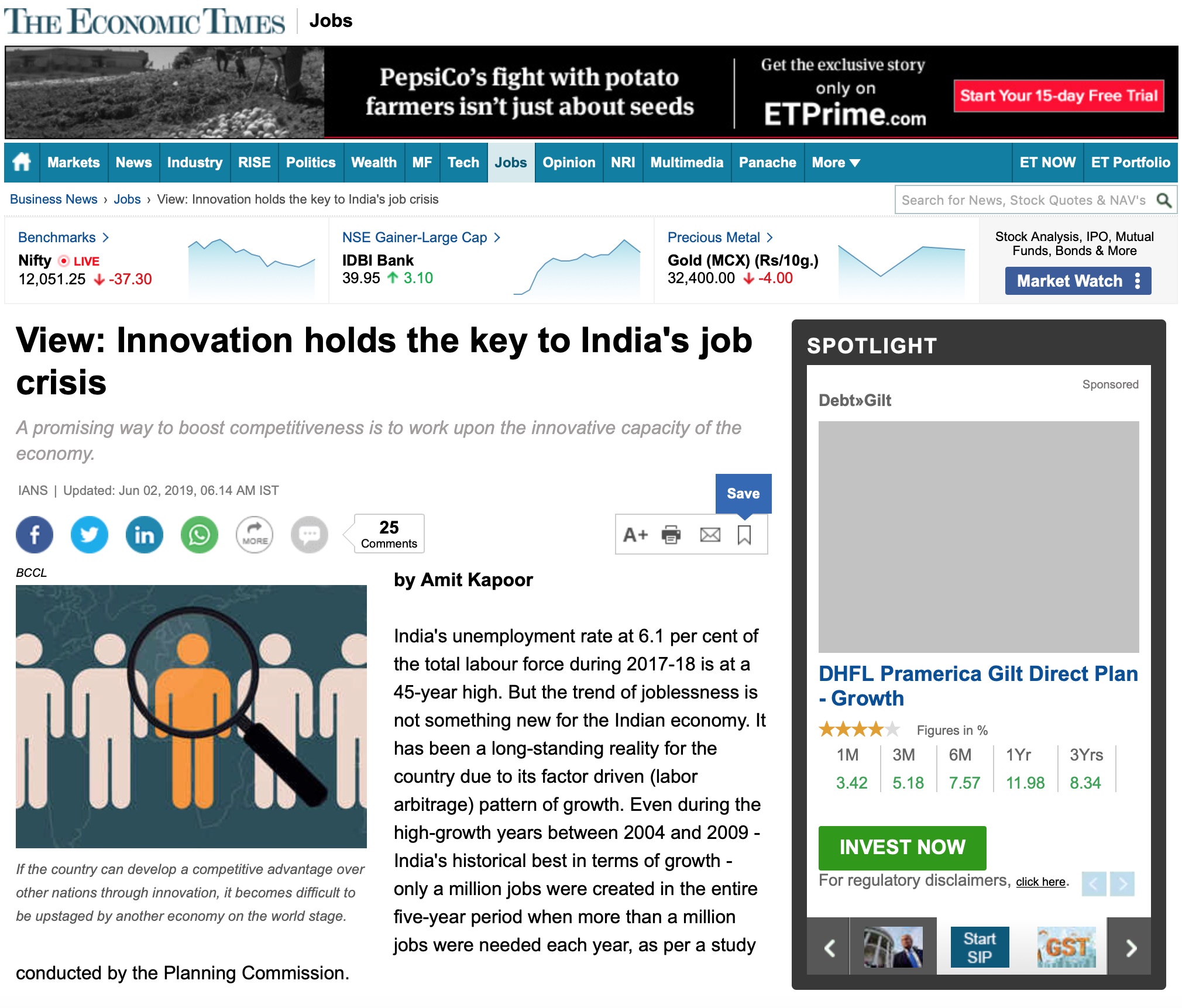Transforming Micro: Targeted Reforms for Easing Micro Entrepreneurship
In recent years, the Ease of Doing Business reforms’ emphasis on strengthening the MSME ecosystem in India has been evident. The government has rolled out a range of initiatives aimed at facilitating business for the sector. India Budget 2022-23 laid out an extension in the Emergency Credit Line Guarantee Scheme (ECLGS) with an expanded guarantee cover of Rs 5 lakh crore, revamping of the Credit Guarantee Fund Trust for Micro and Small Enterprises (CGTMSE) and other measures such as interlinking different portals – Udyam, e-Shram, National Career Services and Atma Nirbhar Skilled Employer Employee mapping – for easing entrepreneurial functioning. Additionally, the State Reform Action Plan (SRAP) 2020 released by the Department of Promotion of Industry and Internal Trade (DPIIT) includes 301 recommendations for reforms on the regulatory process, policies, practices and procedures. It aims to promote a sector-specific approach enabling business across various ecosystems. While the significance of facilitating business for the Micro, Small and Medium Enterprises (MSME) sector in the roadmap to achieving the $5 trillion economy goal is well understood, it is the nuances within the MSME sector that warrant greater policy attention.
Contributing around 30% to India’s GDP, the sector is marked by heterogeneity in terms of size of the firms, products and services offered, and the organisational set-up. What deserves special emphasis is that majority of the MSMEs are small in terms of the operational scale, turnover and employment. Enterprises classified as ‘Micro’ (the plant and machinery investment does not exceed one crore rupees and turnover does not exceed five crore), constitute over 99% of the total estimated number of MSMEs. In addition to the sheer number of units falling in this category, the peculiar challenges faced by micro enterprises also highlights the need to devote special policy focus to micro enterprises. Micro units are faced with a distinct set of challenges with getting access to formal credit channels, skilled human resources, and financial issues such as delayed payments. The nature of these bottlenecks and their capacity to address them set them apart from larger enterprises.
While the distinction between micro and larger enterprises is well documented, there are variations even among micro enterprises that call for greater policy attention. According to a report penned by FICCI, TISS and Azim Premji university, of the 63 lakh micro units, around 62 million employ less than 20 workers and operate outside formal regulation (other than ESI) and 1 million employ more than twenty workers. Majority of the micro enterprises in India are owned by a single household. ‘Own Account Enterprises’ (OAE), that do not hire any paid employee outside the household, dominate this segment. This includes nano entrepreneurs who set up business individually employing two to five people. While there is no clear definition for a nano entrepreneur, they typically operate as small retail shop owners, traders, vendors, etc. They form a burgeoning section of entrepreneurs whose importance in overall economic growth cannot be overstated. The discussion around fostering ease of doing business for the MSME sector needs to factor in this heterogeneity within the micro enterprise segment.
Ease of doing business reforms aimed at reducing regulatory burden on firms must be shaped keeping in mind that the compliance burden is disproportionately higher on smaller firms as their ability to deal with them is limited. Furthermore, many micro players are young enterprises. The small scale as well as fewer years of operation make competing with standard market players difficult. Understanding different challenges that sub-categories within the sector face is key to shaping effective business reforms that enable micro enterprises to scale-up. This will address the ‘missing middle’ challenge in the Indian MSME sector which is characterised by the presence of a large number of tiny enterprises and few large units. Targeted reforms for micro firms – providing better access to formal credit, technology upgradation, efficient marketing and other essential resources – will level the playing field within the MSME sector and facilitate scaling-up for small firms.
There is tremendous value in helping micro units grow. At present, microenterprises are responsible for creating about 11 per cent of jobs in India. An entrepreneurial ecosystem conducive to the growth of micro and nano enterprises enabled by tailor-made reforms for the sector, will release the potential for this segment to create gainful employment opportunities. The window of opportunity that India has to gain demographic dividend can be harnessed with micro units driving job creation. The sector has the potential to employ people with varying levels of skills and education. Moreover, participation of women in the labour force can receive a boost with more employment opportunities generated through micro enterprises. A deeper understanding of the micro enterprise sector and its contribution to the economy is the first step towards framing robust ease of doing business reforms for the sector.
The article was published with Economic Times on April 20, 2022.

